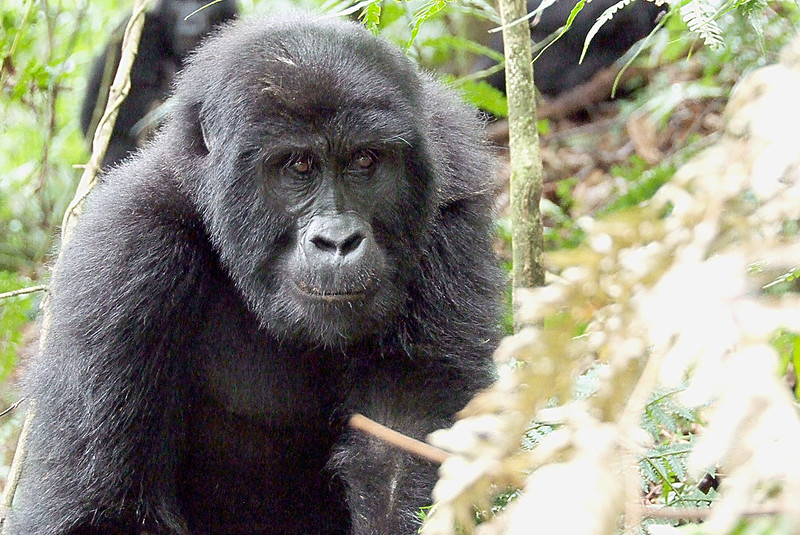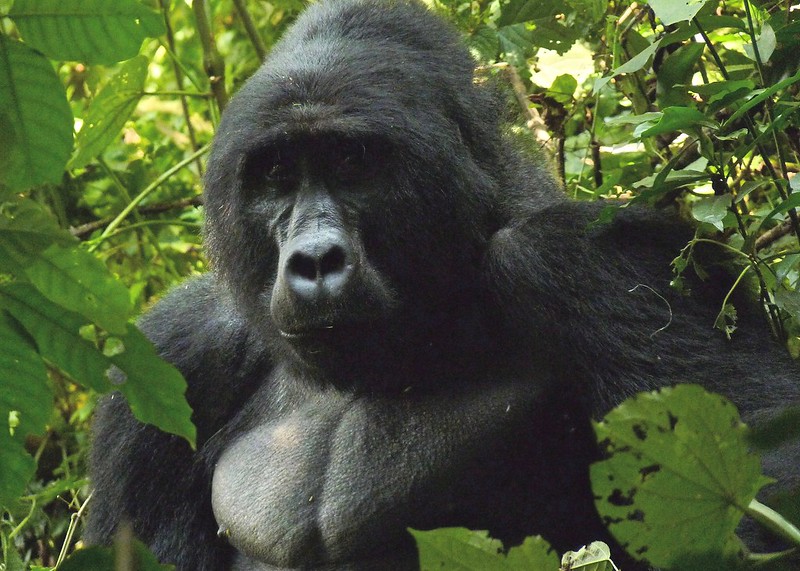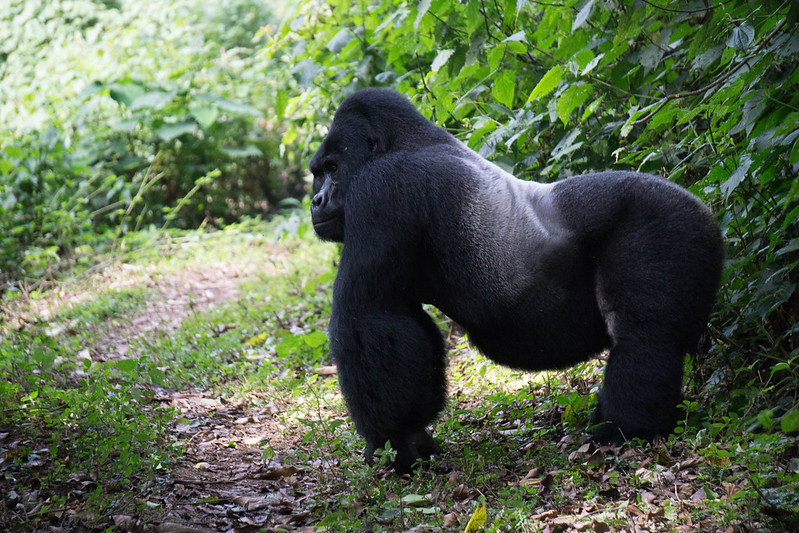When is the best time to go gorilla trekking in Uganda?
Gorilla trekking in Uganda is a unique lifetime experience, an encounter with the great mountain gorillas in their natural habitat. To many, it offers some of the finest rainforests packed with a plethora of wildlife and, as such, is considered one of the finest destinations in the world for gorilla trekking.
However, planning your trip means either choosing a good time when weather conditions, together with gorilla behavior, may provide the best experiences. Here’s a guide that will help you determine the best time to go gorilla trekking in Uganda.
Understanding Uganda’s Climate
Generally, Uganda is warm and tropical but experiences a varied climate across different regions, seeing as it is highly variable in topography. The main two seasons of Uganda include:
Dry Seasons: December to February and June to September
Wet Seasons: March to May and October to November
These seasons occur, having a big influence on the conditions for gorilla trekking; the rainfall may affect the trails and their accessibility.
Best Time for Gorilla Trekking: Dry Seasons of June to September and December to February
The best time for tracking gorillas in Uganda is during the dry seasons of the year: starting from June to September and from December to February. During these months, it is relatively drier; hence, the trails are less muddy and more accessible. Accordingly, this favors trekking into the forest.

1. From June to September:
This period is the peak season for gorilla trekking. It will be easier to hike the thick forests since the weather is dry and the prospects of rain are very minimal. During these drier months, the possibility of finding them is at a higher altitude. However, this time is also the most popular tourist visitation period, and it is recommended that one books a permit in advance.
2. December to February:
This short dry season gives another very good opportunity to go on gorilla trekking. It is somewhat less busy compared to the window of June to September; permits are nevertheless in high demand, and early booking is advisable. Conditions are still ideal; with moderate temperatures and less rain, it gives way to a pleasant experience while trekking.
Trekking during Wet Seasons: March to May and October to November
While the dry seasons are ideal, gorilla trekking can be done at any time of the year, including in the wet seasons from March to May and October to November. Each of these months will face their challenges and rewards, however.
1. From March to May:
This is the long rainy season in Uganda, and this may mean more difficult trekking conditions because of the heavy rain. The trails of the forest get muddy and slippery, hence requiring more effort and stamina to walk through them. On the plus side, the rains turn everything into a beautiful green sight, and the gorillas normally tend to stay at lower altitudes, which does shorten the treks somewhat. Other than that, this is the low season for tourists, so the visitor numbers will be fewer, and one can expect a more personal and solitary experience with the gorillas.
2. October to November:
The short rainy season is very similar in conditions to the longer rainy period, but with somewhat lighter rainfall. Whereas trekking is likely to be muddy, the shorter rains will frequently allow clear windows during the day, which enables a trek to be enjoyed without getting soaked. This season does tend to have discounted accommodation rates, and the competition for permits is usually less.
Things to Consider in Choosing When to Go Trekking
1. Availability of Permits:
GORILLA trekking permits are limited because only a certain number are allowed each day for purposes of not disturbing the mountain gorillas and their habitats. The permits have to be booked in advance, especially the peak dry seasons.
2. Personal Preference and Physical Condition:
The dry season offers better trek conditions, and therefore, the conditions are more favorable to hikers who may not be used to challenging terrain. An experienced trekker who prefers quieter times of solitude may enjoy this wet season regardless of all the tougher conditions.
3. Consideration of Budget:
This means peak season, where demand is high, so too is the price paid for accommodation and flights. On the other hand, the wet season has lower prices and discounts : ideal for travelers on a budget.
4. Wildlife Viewing:
Besides seeing the gorillas, the dry seasons are ideal, in other ways, for viewing wildlife in all of Uganda’s national parks. The wild animals tend to gather in water spots during the dry season, so their presence is far more predictable. If you want to combine your gorilla trek with safaris, then the dry season is the best overall time for the wildlife.
In general, the best time for gorilla trekking in Uganda has much to do with personal preference and fitness level, and also the budget available. Although most favorable during the dry periods between June and September and December to February, since there are relatively serviceable, drier trails, the wet seasons of March to May and October to November form a quieter and more economical time to visit with the added dimension of following the trails through rain-soaked trails.
Whether you go trekking in the high or low season, mountain gorilla trekking in Uganda is a lifetime experience that brings you near to one of the most amazing species in the wild.



